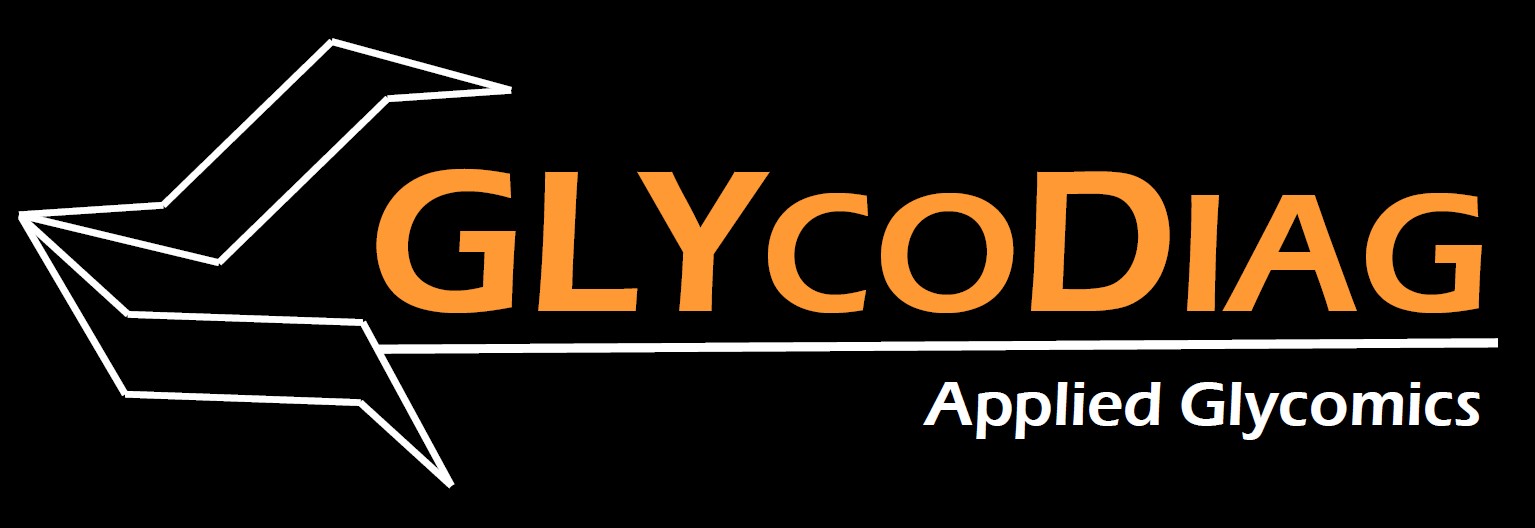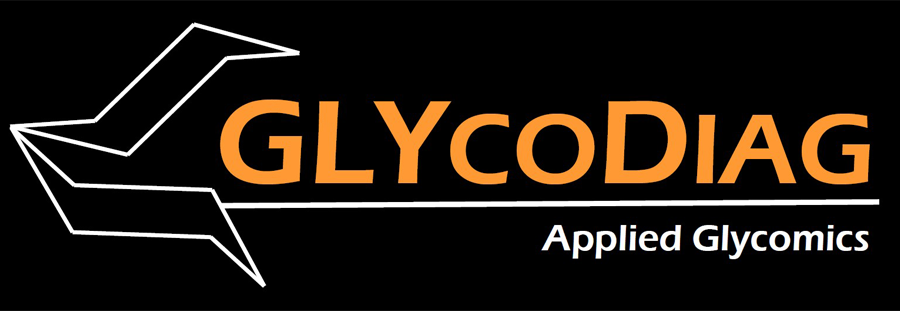Senecar, M., Lafite, P., Eliseeva, S. V., Petoud, S., Landemarre, L., Daniellou, R., Int. J. Mol. Sci. 2020, 21, 3465; doi:10.3390/ijms21103465
Galactofuranose is a rare form of the well-known galactose sugar, and its occurrence in numerous pathogenic micro-organisms makes the enzymes responsible for its biosynthesis interesting targets. This review summarizes the role of these carbohydrate-related proteins with a special emphasis on the galactofuranosidases recently characterized as an efficient recombinant biocatalyst.

